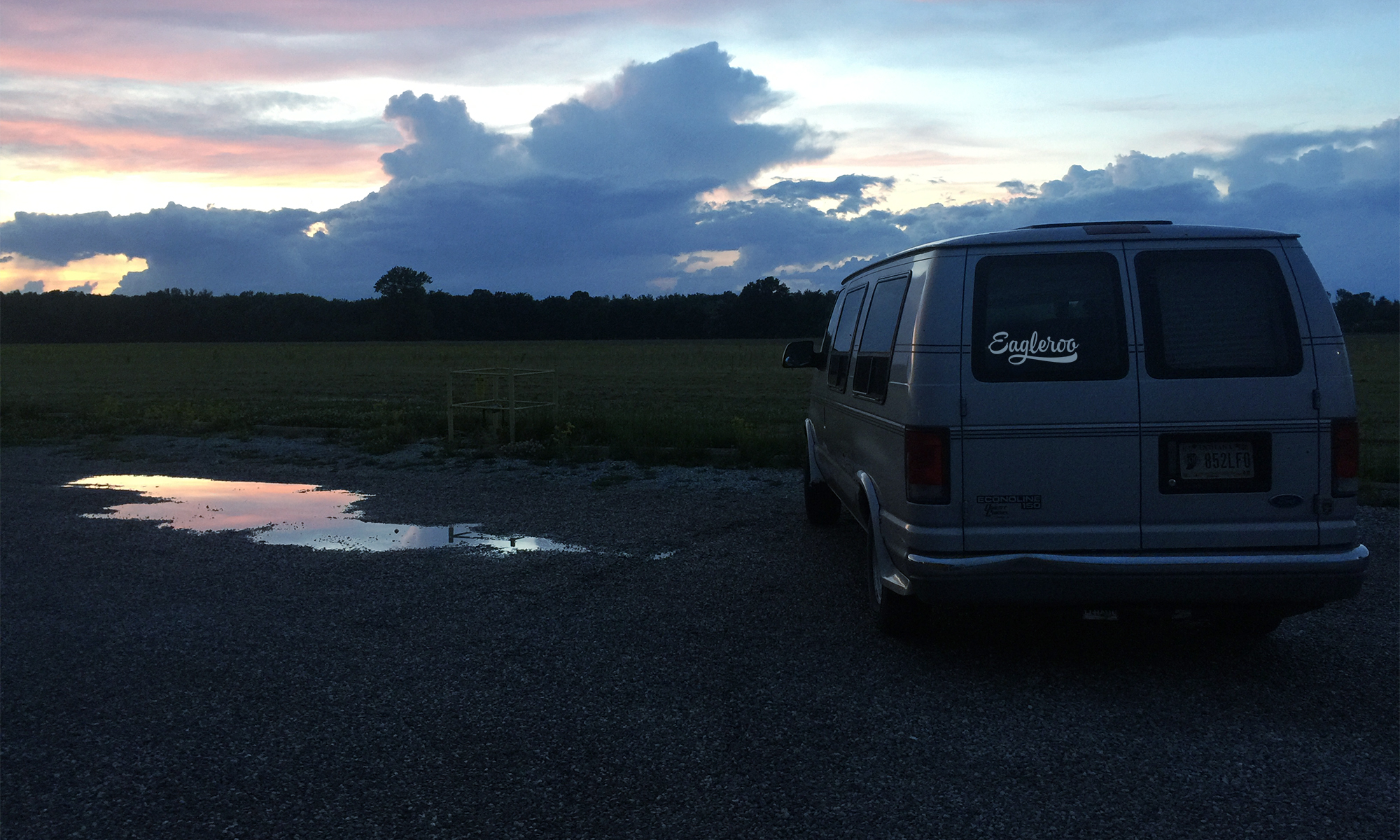
So with a plan in place, we set about doing all of the necessary things to get the trip started. There are, it turns out, a lot of those things. For one, I had to wait for my permanent residency in Australia to come through, ensuring I could come back after the trip. Then there was Sarah’s visa to visit the U.S. Both of these were comprised mainly of paperwork and waiting.
We mapped out our trip using an online tool called Furkot. I’m not quite sure what they were going for with the name but everything else about it is top-shelf and free.
To make sure that we kept up with the planning, we scheduled trip-planning nights every other Tuesday. Some of these nights were really fun as we envisioned our future selves criss-crossing the nation, seeing old friends and taking in the sights. Other nights were less fun as we talked about realities like how much things were going to cost. To that end, we set regular deposits to a holiday account and I found myself looking at the exchange rate every day, not a habit I was accustomed to. We knew we were going to have to work on this trip but we wanted to avoid having to rush to the next place to bury our heads in our laptops all day.
Sarah found a class taught by a couple who had spent over a year travelling the world and working. They called themselves digital nomads and were offering tips about getting and doing work on the road. It was an extremely helpful few hours, not just for the first-had experience but because it opened us up to this world of people who have taken crazy ideas and run with them. Our teachers had not only travelled and worked in Thailand, India, and Europe, they’d done it all with two small children in tow. Driving around in the first world in a van seemed downright tame by comparison. I left feeling way less cutting edge but way more informed.

